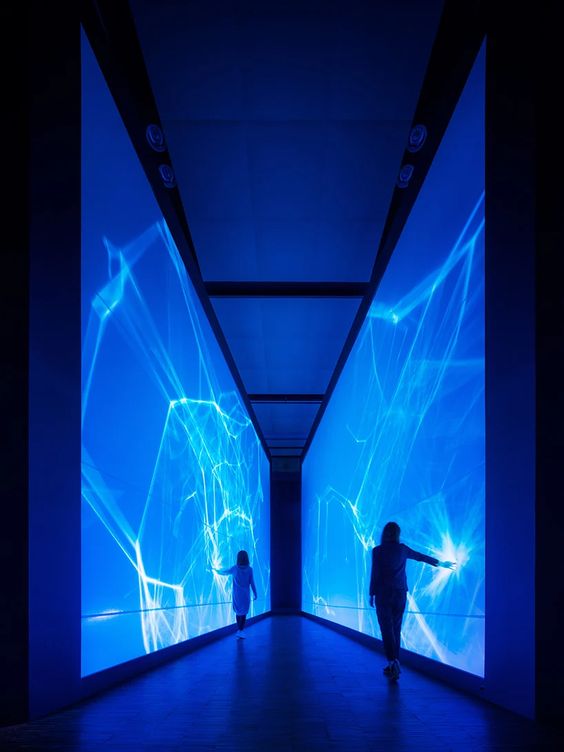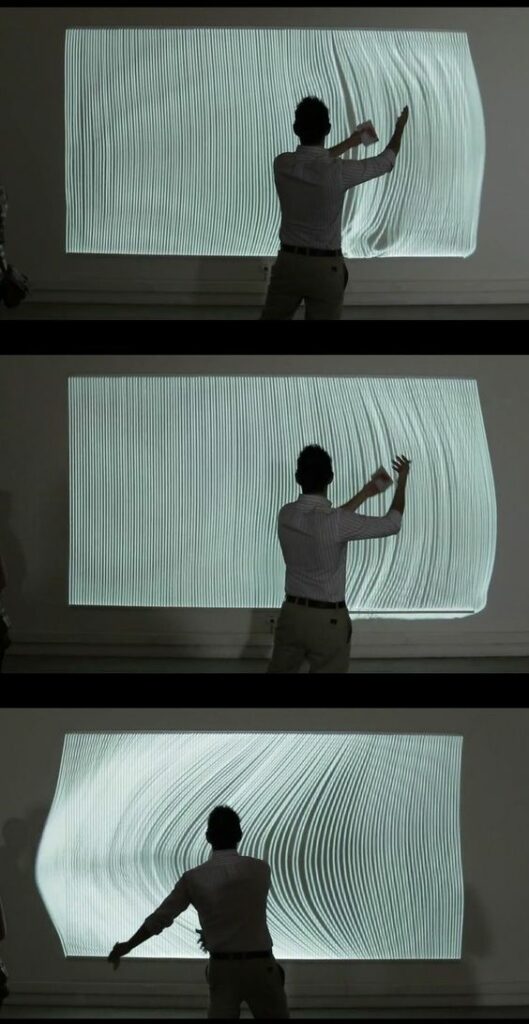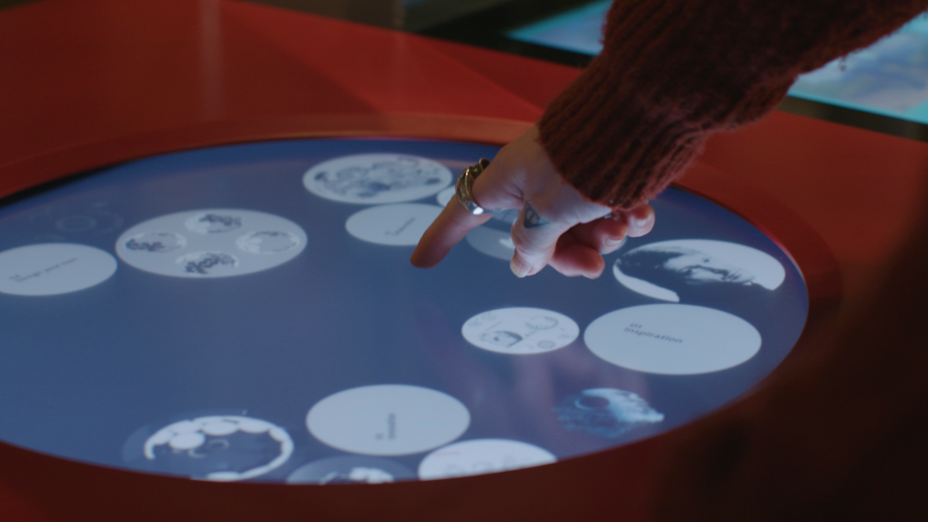Museum visits are quickly becoming more personalized and interactive with the help of technology. The traditional medium like painting, drawing, and sculpture has been transformed into new forms such as virtual reality, digital installations, and projection mapping. Touch, physical participation, and social interaction become essential qualities. Interactive exhibitions have the power to pull the audience closer to artworks, performances, and installations. An act of engagement creates a more memorable experience. Digital art installations offer new opportunities for viewers to actively participate in the artwork. Nowadays, the adoption of VR exhibits is increasingly common both in large and small museums because of their capability to enhance the communication of the cultural contents and to provide an engaging and fun experience to its visitors.
Not only museums want to give their visitors an incredible experience, brands often use interactive elements and AV Installation for an astonishing experience. What ways are there to invite people to engage with an object? How much information does the user need for the interaction and how does he/she continue the journey of exploring? How can storytelling be implemented with different media in exhibitions?
The possibilities are endless when it comes to telling an interactive story in an exhibition space. This is what it makes it so fascinating. Creating individual solutions based on the theme, space and the mission of the exhibition.
There are a lot of potentials because, there are no rules or methods yet. You are not limited in terms of technology, you can use what already exists, like VR headsets and screens. But you can tinker and fiddle with technical components, like buttons and interactions to create new experiences. Design, technology and psychology intertwine for this working area.
Literature:
• Designing Interactive Museum Exhibits: Enhancing visitor curiosity through augmented artefacts, by Luigina Ciolfi
• Exhibition Design, by David Dernie
• Interaction Design: From Concept to Completion, by Jamie Steane and Joyce Yee
• The Future of Museum and Gallery Design: Purpose, Process, Perception, by Suzanne MacLeod, Tricia Austin, Jonathan Hale and Oscar Ho Hing-Kay
• Designing Science Museum Exhibits with Multiple Interactive Features: Five common pitfalls, by Sue Allen and Joshua Gutwill




